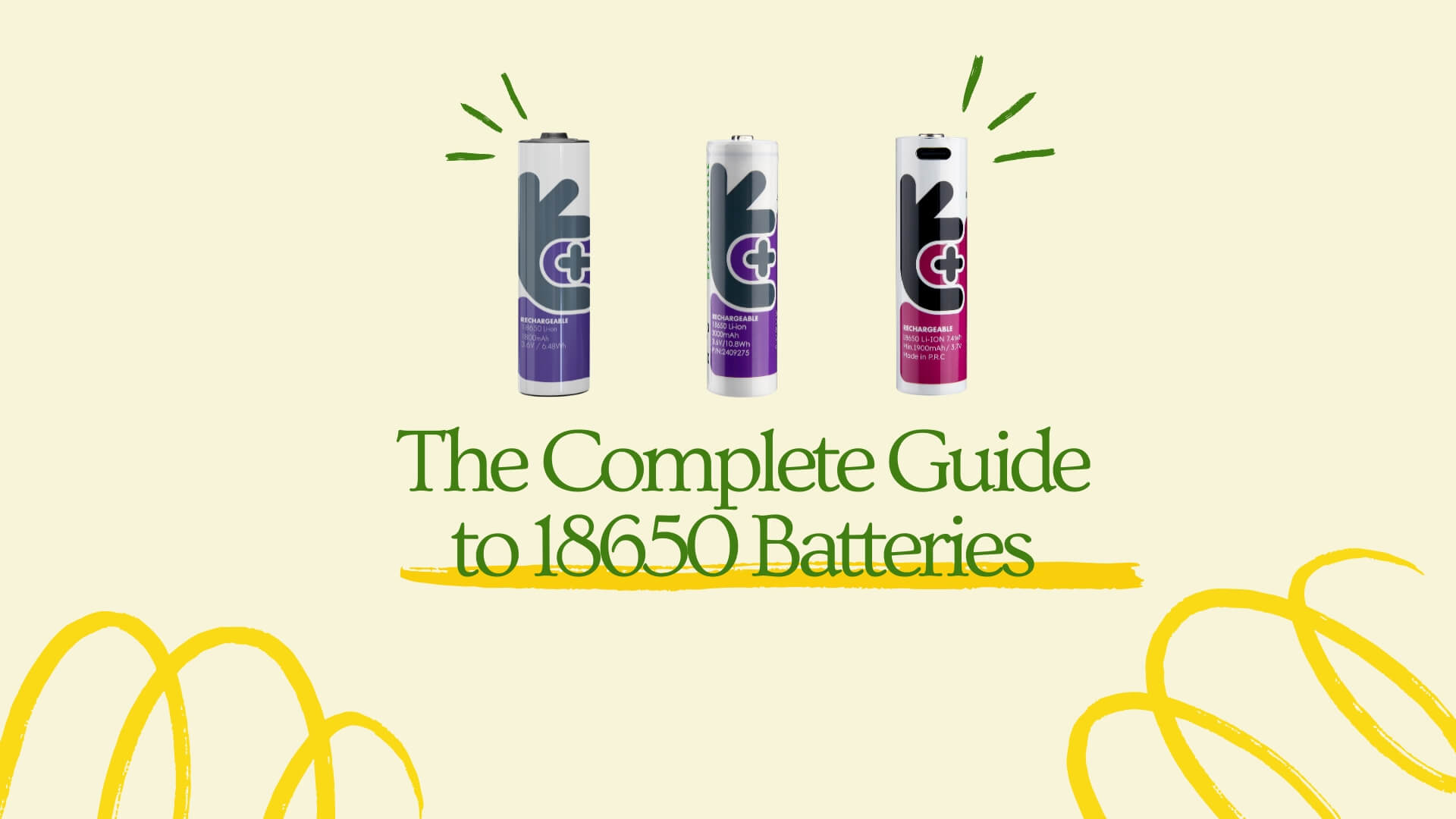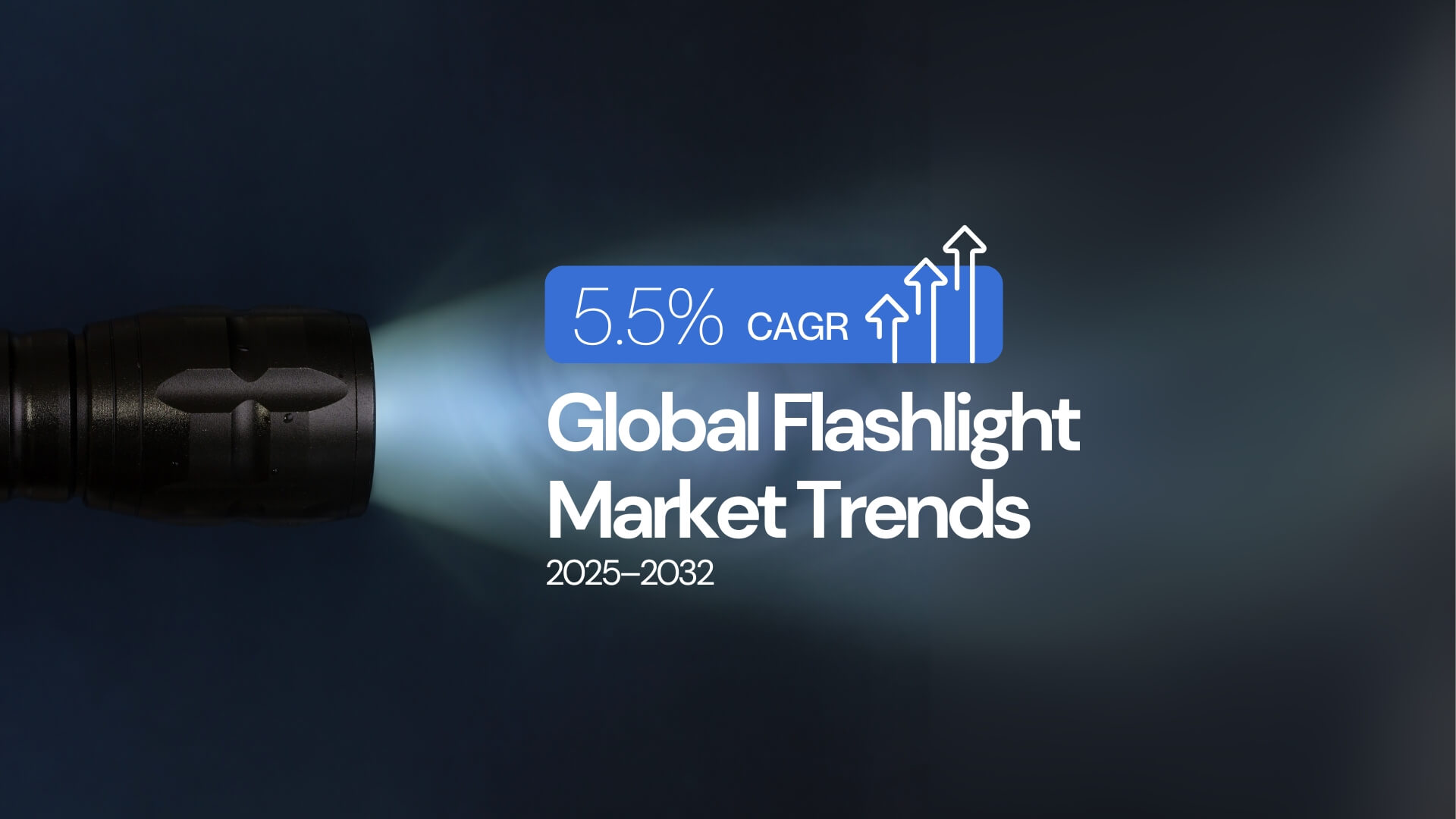In 2024, China implemented sweeping regulatory changes that affect the export of lithium thionyl chloride (LiSOCl₂) batteries—a move already sending ripples through global industrial supply chains.
The catalyst?
LiSOCl₂ has now been added to China’s Catalog of Monitored Chemicals in accordance with the country’s commitments under the Chemical Weapons Convention (CWC). While these controls are motivated by national security and global non-proliferation efforts, they introduce new administrative complexities for exporters, distributors, and end users of these essential batteries.
Why Lithium Thionyl Chloride?
LiSOCl₂ batteries are widely used in industrial applications requiring high energy density, long shelf life, and excellent performance in extreme temperatures.
Common uses include:
- Utility metering (gas, water, electricity)
- Remote monitoring equipment
- Asset tracking
- Defense and aerospace systems
Given these use cases, they are now viewed as sensitive items, particularly under China’s obligations to monitor dual-use chemicals — substances that can be used for both civilian and military applications.
Regulatory Shift: What Changed?
All exports of LiSOCl₂ batteries — including standard and high-temperature versions — now require a Dual-Use Export License for Monitored Chemicals.
| Step | Responsible Authority | Responsible Authority |
|---|---|---|
| Preliminary Review | MIIT’s Explosion-Proof Division | Assess CWC-related risk |
| License Issuance | Ministry of Commerce (MOFCOM) | Authorize exports with proper controls |
All exports must navigate this new licensing regime, requiring detailed technical submissions and official approvals.
Step-by-Step Licensing Process
- Preliminary Review:
Submit product and chemical documentation to MIIT for evaluation against CWC-related risks. - MIIT Approval:
If compliant, MIIT’s Explosion-Proof Division will issue an approval letter. - MOFCOM Application:
Submit the complete application to MOFCOM, including the MIIT approval, business license, technical specs, and end-user certificate. - Final Review and Issuance:
Upon review, MOFCOM will issue the Dual-Use Export License.
Processing time varies but may take several weeks.
Practical Advice for Exporters
- Start Early:
Expect licensing to take time — avoid last-minute shipments. - Document Rigorously:
Ensure technical datasheets, safety data sheets (SDS), and end-use declarations are complete and accurate. - Educate Partners:
Foreign partners must understand their role in providing end-use assurances and import permits where needed. - Leverage Local Expertise:
Regulatory interpretation can vary — engage local trade consultants or compliance professionals in China.
Broader Implications for Global Supply Chains
This regulatory shift reinforces a growing trend: greater scrutiny of battery technologies tied to national security, environmental impact, and dual-use potential. For companies sourcing from China, agility and compliance readiness are now essential to avoid supply disruptions.
Recommendations for stakeholders:
- Review your reliance on Chinese-produced LiSOCl₂ batteries.
- Assess alternative supply sources and chemistries.
- Consider buffer-stock strategies for critical applications.
Final Thoughts
China’s strengthened export controls for lithium thionyl chloride batteries set a precedent for how emerging technologies are monitored in global trade. While additional compliance requirements introduce complexity, proactive engagement with the new regulatory landscape is essential to secure uninterrupted access to this key battery technology.
Need help navigating battery export compliance or sourcing alternatives? Let’s connect.



